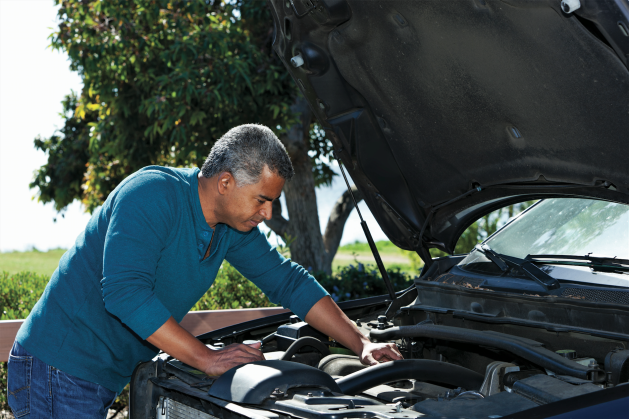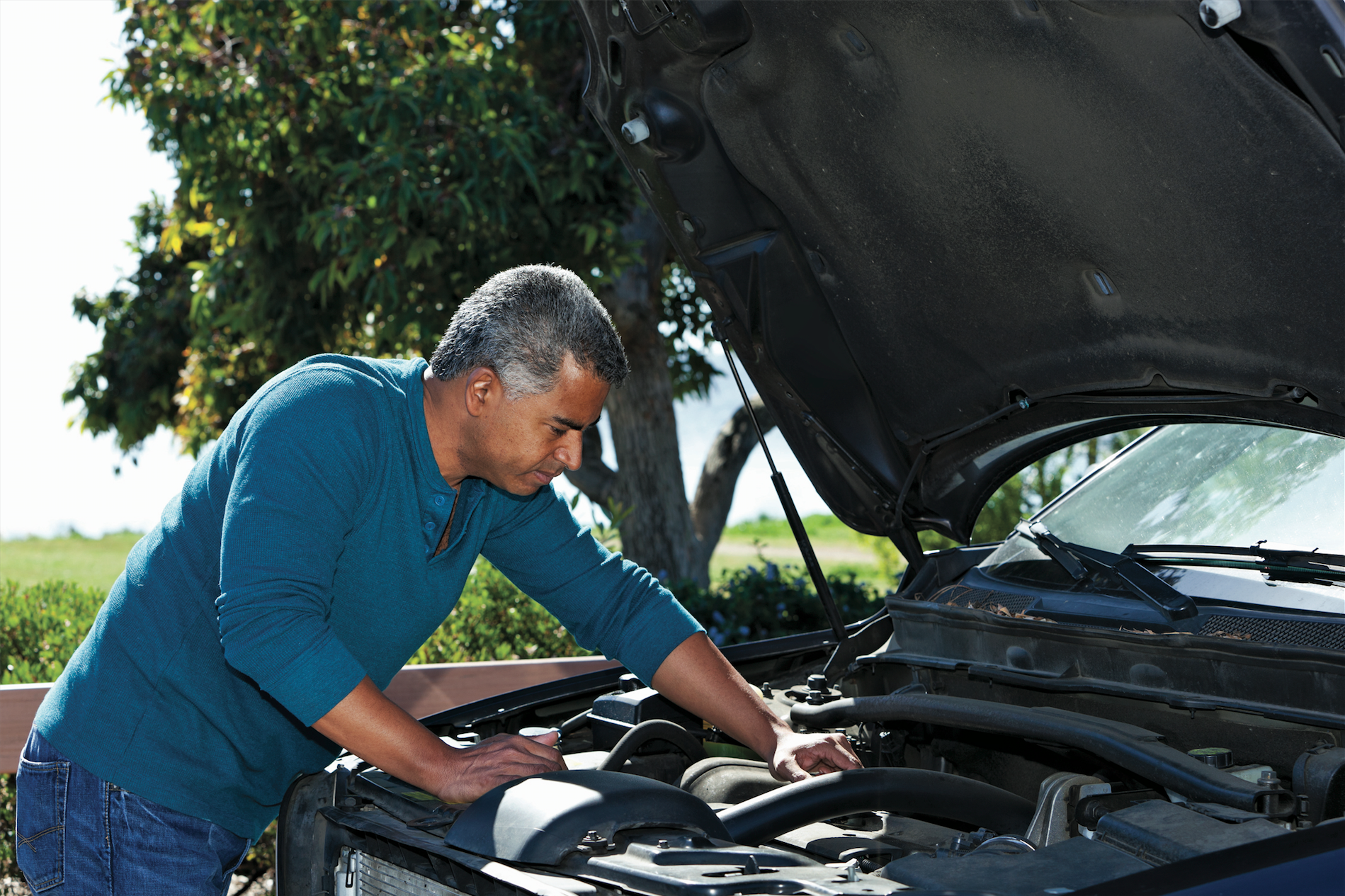
While driving a new vehicle off the lot may sound tempting, the financial commitment it brings is not an option for most families.
Instead, hanging on to your old set of wheels is the smarter choice for a number of reasons. Taking good care of your car not only improves safety and dependability, it can have a positive impact on your wallet.
“Hanging on to your current vehicle allows you to redirect money you would spend on a new car to pay off credit card debt, college loans and other bills, beef up savings or even take a road trip vacation,” said Rich White, executive director with the Car Care Council. “By simply budgeting the equivalent of just one new car payment, consumers could cover an entire year’s worth of basic maintenance.”
Even the cost of fixing a serious engine issue is a more sensible economic decision, added White. For the cost of an average down payment on a new car or truck, a vehicle can be repowered with a remanufactured or rebuilt engine and gain years of reliable service.
“The bottom line is that a properly maintained vehicle is safer, more dependable, more fuel efficient, less polluting and more valuable,” White added.
The experts at the Car Care Council offer these 10 general tips for those looking to maintain the life of their vehicle:
- Check all fluids, including engine oil, power steering, brake and transmission as well as windshield washer solvent and antifreeze or coolant.
- Check hoses and belts to make sure they are not cracked, brittle, frayed, loose or showing signs of wear.
- Check the battery and replace if necessary.
- Check the brake system annually and have the brake linings, rotors and drums inspected at each oil change.
- Inspect the exhaust system for leaks, damage and broken supports or hangers if there is an unusual noise.
- Check engine performance to make sure it is delivering the best balance of power and fuel economy and producing the lowest level of emissions.
- Check the heating, ventilating and air conditioning (HVAC) system as proper heating and cooling performance is critical for interior comfort and safety.
- Inspect the steering and suspension system annually, including shock absorbers, struts and chassis parts, such as ball joints, tie rod ends and other related components.
- Check the tires, including tire pressure and tread. Uneven wear indicates a need for wheel alignment. Tires should also be checked for bulges and bald spots.
- Check the wipers and lighting so that you can see and be seen. Check that all interior and exterior lighting is working properly and replace worn wiper blades so you can see clearly when driving during precipitation.
The next time you consider purchasing a new car, think about investing in the vehicle you already own for significant savings, as well as enhanced reliability and safety. For more tips to extend the life of your car, visit www.carcare.org.
Photo courtesy of Getty ImagesSOURCE:
Car Care Council



